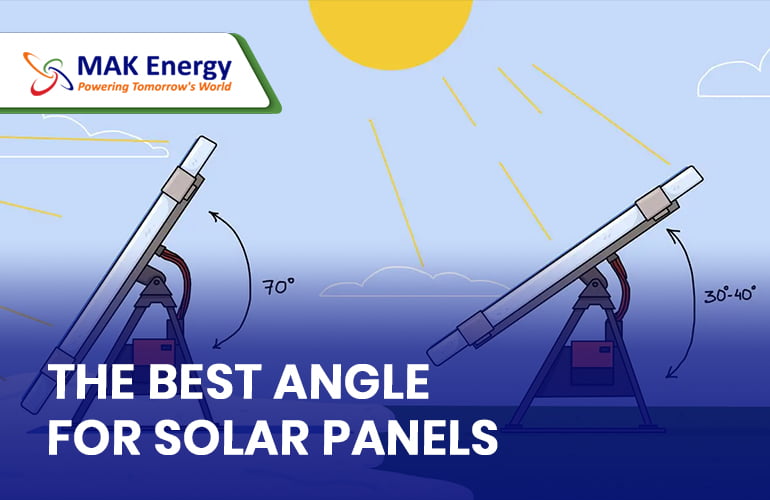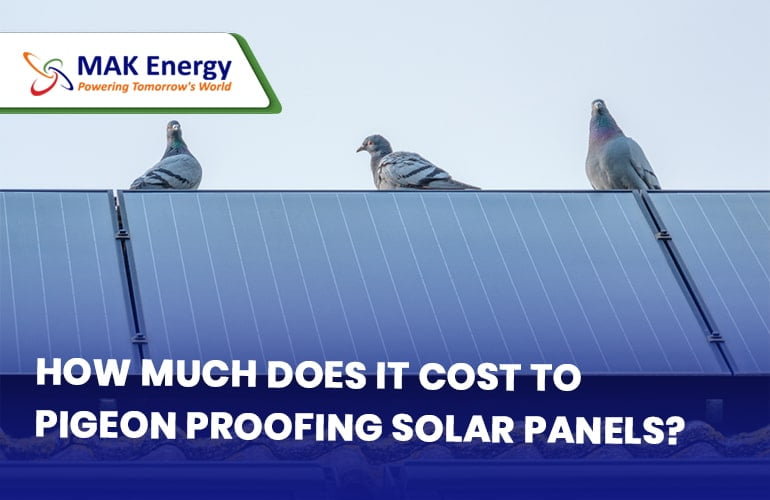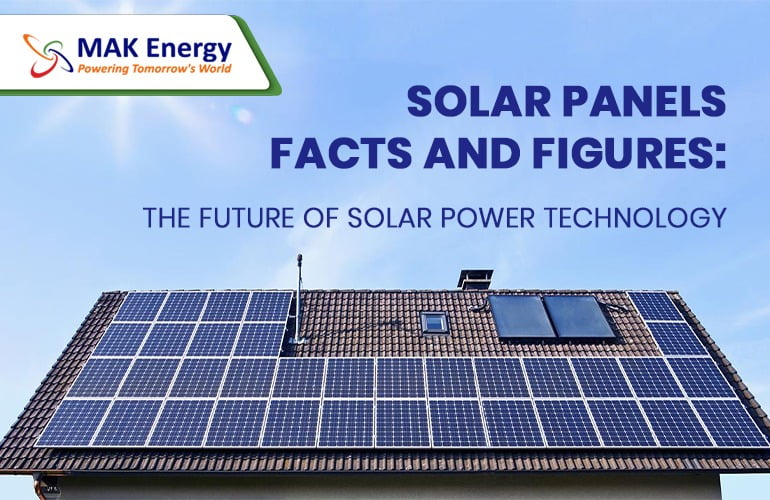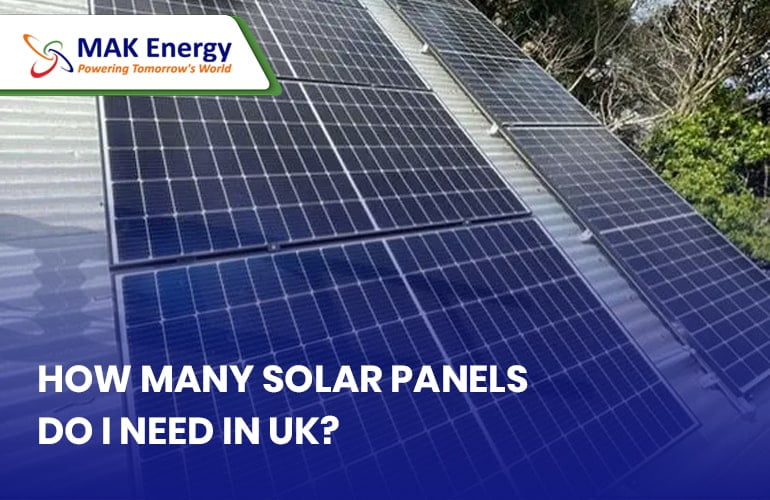Last updated: January 18th, 2024 at 07:08 am
Solar panels are an effective and sustainable way to produce electricity from the sun’s energy. However, to maximize their efficiency and energy output, it’s crucial to choose the best angle for solar panels. In this article, we will discuss the importance of finding the best angle for solar panels and provide tips for optimizing their performance.
Why is the Best Angle for Solar Panels Important?
The angle of solar panels plays a crucial role in their energy production. The optimal angle depends on several factors, including the location, time of day, and time of year. The angle affects the amount of sunlight that the solar panels receive, which directly impacts their energy output.
When solar panels are tilted at the optimal angle, they can capture the maximum amount of sunlight and convert it into electricity efficiently. However, if the angle is too steep or too shallow, the panels will not be able to capture as much sunlight, resulting in lower energy production.
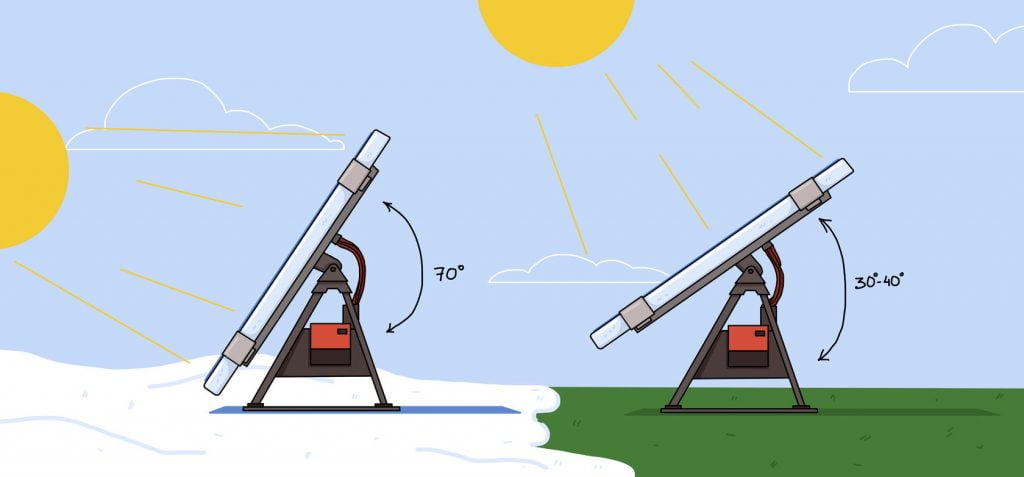
What is the best angle for solar panels in the UK?
The best angle for solar panels in the UK depends on various factors, including the latitude of your location, the time of year, and the type of solar panel installation. Generally speaking, the optimal tilt angle for solar panels in the UK ranges from 30 to 40 degrees.
At a latitude of around 51 degrees, the ideal tilt angle for solar panels in the UK is approximately 35 degrees. This angle provides a good balance between capturing the most amount of solar energy throughout the year and preventing excessive shading from surrounding objects like trees or buildings.
However, it’s important to note that the optimal angle for solar panels can vary depending on the season. During the summer months, the sun is higher in the sky, so a shallower angle may be more appropriate. Conversely, during the winter months, a steeper angle can help maximize solar energy production.
Ultimately, the best angle for solar panels in the UK will depend on the specific location, orientation, and other factors of your solar panel installation. It’s a good idea to consult with a professional solar panel installer to determine the optimal tilt angle for your specific situation.
According to data from The Eco Experts, the table provided below illustrates the maximum percentage output of a solar PV system based on the orientation of your roof (west, south, east) and the tilt angle of the solar panels.

How to Find the Best Angle for Solar Panels?
There are several factors to consider when determining the best angle for solar panels. These include:
- Location
The latitude of the location plays a significant role in determining the best angle for solar panels. For example, in the northern hemisphere, solar panels should face south to capture the most sunlight. In the southern hemisphere, they should face north. The optimal angle also varies depending on the location’s distance from the equator.
- Time of Day
The angle of the sun changes throughout the day, which affects the amount of sunlight that solar panels receive. Solar panels should be positioned to capture the maximum amount of sunlight during peak sunlight hours, which vary depending on the location.
- Time of Year
The angle of the sun changes throughout the year, which also affects the amount of sunlight that solar panels receive. In the summer, the sun is higher in the sky, so solar panels should be tilted at a steeper angle to capture more sunlight. In the winter, the sun is lower in the sky, so solar panels should be tilted at a shallower angle.
Tips for Optimizing Solar Panel Performance
- Use a Solar Tracker
A solar tracker is a device that automatically adjusts the position of solar panels to follow the sun’s movement throughout the day. This can significantly increase the energy output of solar panels by up to 30%.
- Use a Solar Panel Angle Calculator
There are several online tools that can help you determine the optimal angle for solar panels based on your location, time of day, and time of year. These tools can help you optimize the performance of your solar panels and increase your energy production.
- Consult with a Professional
If you’re unsure about the best angle for solar panels, it’s a good idea to consult with a professional solar panel installer. They can assess your location, roof orientation, and other factors to determine the optimal angle for your solar panels.
What is a Solar Panel’s Tilt & Azimuth Angle?
A solar panel’s tilt angle and azimuth angle are important factors that affect its performance in the UK. The tilt angle refers to the angle at which the solar panel is positioned relative to the ground, while the azimuth angle refers to the compass direction that the solar panel faces.
In the UK, the optimal tilt angle for solar panels is typically between 30 and 40 degrees. This angle allows the solar panels to capture the maximum amount of sunlight during the winter months when the sun’s angle is lower in the sky. During the summer months when the sun’s angle is higher in the sky, a slightly lower tilt angle of around 20-30 degrees may be more optimal.
The optimal azimuth angle for solar panels in the UK is typically south-facing. This allows the solar panels to receive the most sunlight throughout the day. However, if a south-facing orientation is not possible, an east or west-facing orientation may still be effective for capturing sunlight during certain times of the day.
How to Calculate Tilt Angle of Solar Panel?
To calculate the tilt angle of a solar panel in the UK, you will need to consider a few factors, including the latitude of your location, the time of year, and the type of solar panel installation.
- Latitude
The optimal angle for a solar panel is based on the latitude of your location. For example, in the UK, which has a latitude range of approximately 49 to 59 degrees, the optimal tilt angle for solar panels is between 30 and 40 degrees.
- Time of Year
The angle of the sun changes throughout the year, and the optimal tilt angle for your solar panels will depend on the time of year. In the UK, the sun is higher in the sky during the summer months and lower in the sky during the winter months. For maximum energy output, solar panels should be tilted at a steeper angle during the winter months and a shallower angle during the summer months.
- Type of Solar Panel Installation
The type of solar panel installation you have will also affect the optimal tilt angle. For a roof-mounted solar panel system, the tilt angle will be determined by the pitch of your roof. Flat roof solar panel systems will require a mounting structure to hold the panels at the optimal angle. Ground-mounted solar panel systems can be adjusted to the optimal tilt angle based on the latitude and time of year.
Once you have determined the optimal tilt angle for your solar panels based on these factors, you can use a solar panel angle calculator to determine the specific angle for your location and solar panel installation type. Many online solar panel angle calculators are available that take into account your location and other factors to calculate the optimal tilt angle for your solar panels.
Should Solar be Flat or Angled?
In the UK, it is generally recommended to angle solar panels rather than keeping them flat to maximize energy production. The optimal tilt angle for solar panels in the UK ranges from 30 to 40 degrees, depending on various factors like the latitude of the installation site, time of year, and shading.
At a latitude of around 51 degrees, the ideal tilt angle for solar panels in the UK is approximately 35 degrees. This angle allows the panels to capture the maximum amount of solar energy throughout the year and prevents excessive shading from surrounding objects like trees or buildings.
While a flat solar panel installation may seem like a simpler and more cost-effective option, it can significantly reduce the efficiency of the solar panels. A flat solar panel receives sunlight at an angle, reducing its efficiency. An angled solar panel, on the other hand, receives direct sunlight perpendicular to its surface, which maximizes energy production.
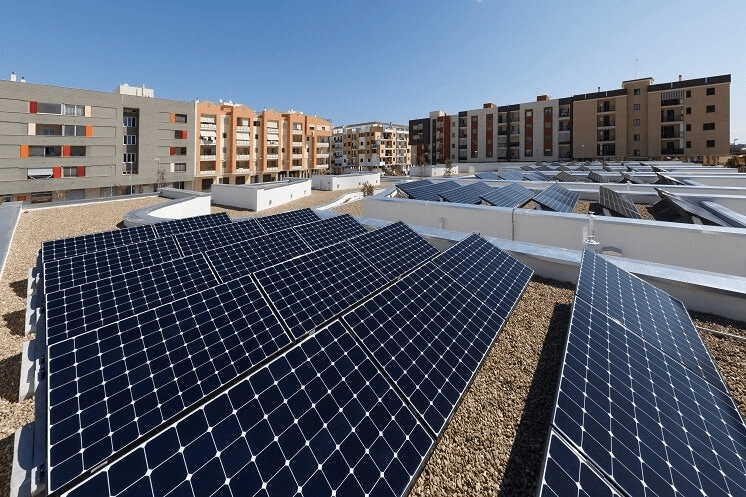
Where is the Best Place to Put Solar Panels?
The best place to put solar panels in the UK is generally on a south-facing roof. This is because solar panels work most efficiently when they receive direct sunlight, and a south-facing roof will receive the most sunlight throughout the day. East and west-facing roofs can also be suitable, although they may receive less sunlight and therefore be slightly less efficient.
The angle and direction of the roof can also affect the efficiency of the solar panel system. As mentioned earlier, the optimal tilt angle for solar panels in the UK ranges from 30 to 40 degrees, depending on various factors like the latitude of the installation site and shading. It is important to ensure that the solar panels are installed at the correct angle and direction to maximize energy production.
Ground-mounted solar panel systems are also an option in the UK, particularly in areas where there is limited roof space or shading issues. Ground-mounted systems can be installed on flat or sloping ground, and they allow for greater flexibility in terms of the angle and direction of the solar panels.
Overall, the best place to put solar panels in the UK is on a south-facing roof at the optimal tilt angle and direction. It is important to consult with a professional solar panel installer to determine the best location for your specific installation site and energy needs.
What is the Best Angle for Solar Panels in Winters & Summers?
The best angle for solar panels in the UK during the winter and summer months can vary based on several factors, such as the location’s latitude, the orientation of the solar panels, and shading from nearby objects.
During the winter months, the sun’s angle is lower in the sky, and the days are shorter, which means that solar panels need to be angled more steeply to capture the maximum amount of sunlight. For locations in the UK, the optimal tilt angle during the winter months is typically between 30 and 40 degrees.
During the summer months, the sun’s angle is higher in the sky, and the days are longer, which means that solar panels need to be angled less steeply to capture the maximum amount of sunlight. For locations in the UK, the optimal tilt angle during the summer months is typically between 20 and 30 degrees.

What is the Formula for Solar Tilt Angle?
The formula for calculating the optimal tilt angle for solar panels in the UK depends on the location’s latitude and other local factors. A general formula that can be used for a quick estimate of the optimal tilt angle in the UK is:
Optimal Tilt Angle (in degrees) = Latitude of Location + 15 degrees
For example, for a location in London (latitude 51.5 degrees), the optimal tilt angle would be:
51.5 + 15 = 66.5 degrees
This formula is based on the assumption that the solar panel is facing south and there is no shading. However, other factors such as roof orientation, shading from nearby buildings and trees, and local weather patterns can affect the optimal tilt angle.
To determine the most accurate tilt angle for a solar panel installation in the UK, it is best to consult with a professional solar installer who can perform a detailed analysis using specialized software to take all of these factors into account.
Conclusion
Choosing the best angle for solar panels is essential for maximizing their energy output and reducing your energy costs. Factors such as location, time of day, and time of year play a significant role in determining the optimal angle. By using a solar tracker, a solar panel angle calculator, or consulting with a professional, you can ensure that your solar panels are positioned to capture the maximum amount of sunlight and generate the most electricity possible.If you’re still confused, you can consult with our expert

